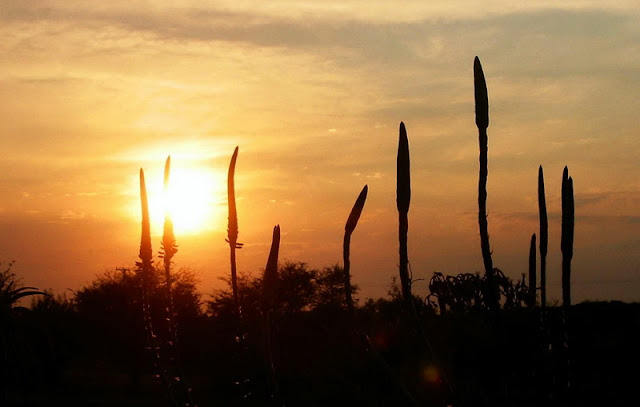Hi everyone, welcome to my first photo tip.
One of the wonderful things about photography is that there are so many different ways to make an image stand out. There are more opportunities and techniques than you can count and your imagination is your only true limitation.
There may be some who’ll disagree with me, but from my point of view there are no “rules” in photography. At the end of the day if an image looks good or has impact, it is a success. That said, there are many valuable guidelines, things that have been found to work over the years. Some of these have been around far longer than photography and were inherited from older art styles such as painting.
Over the next few tips I will be exploring some of these guidelines. You may find them obvious but don’t discount them. They are all potent and can improve your photography without much effort.
Enjoy.
It’s not about the camera
I’d be lying if I said that expensive cameras don’t contribute to the quality of a photograph (clearly they do or professionals wouldn’t use them) but fancy equipment on its own does not take good pictures.
What a high-end camera really does is give the photographer more options and more control. It allows experienced users to set up their camera exactly the way they want it. Fortunately though, you don’t need to shoot in full manual to capture beautiful, powerful images.
Whatever the subject or style, YOU contribute more to your photography than your camera ever does. A well composed, nicely lit picture from a camera phone is always going to be more effective than a blown out, ill conceived shot captured on a Hasselblad (which can cost as much as a small truck).
The trick is to do the best with what you have. Learn the limitations of your equipment and squeeze everything you can from it. It’s easy to dismiss a photo taken by a master as being a product of their expensive gear, but I guarantee that the same master could produce something spectacular with the camera in your pocket. To illustrate this point photographer
Chase Jarvis wrote a book entitled “
The Best Camera is the One that’s With You”. It’s a photo book filled with images that he took on his iPhone and the results are amazing.
So whatever you do, don’t stand back and blame your tools. Rather use what you have and start working towards your first master piece.
My first digital camera was a Canon IXUS 300, a 2.2Mp point and shoot with a 3x zoom and no manual settings. That camera lived in my pocket for years and took some photos that I am still proud of. More importantly it was a fantastic teacher. It taught me about light, colour and composition. It taught me to look for the photos around me all the time. Best of all, it taught me that I love photography and convinced me to save for my first SLR.
The photo below was taken on that very camera. In fact all of the photos in the next few tips were taken on that camera or ones like it.
 |
| Desert Sunrise - Canon IXUS 300 (2.2Mp) |
So, whatever your equipment, however experienced you are,
grab your camera and get out there. Look for the shots, keep shooting,
keep learning and work towards your next masterpiece. Remember,
photography is not about the camera… it’s about you.












